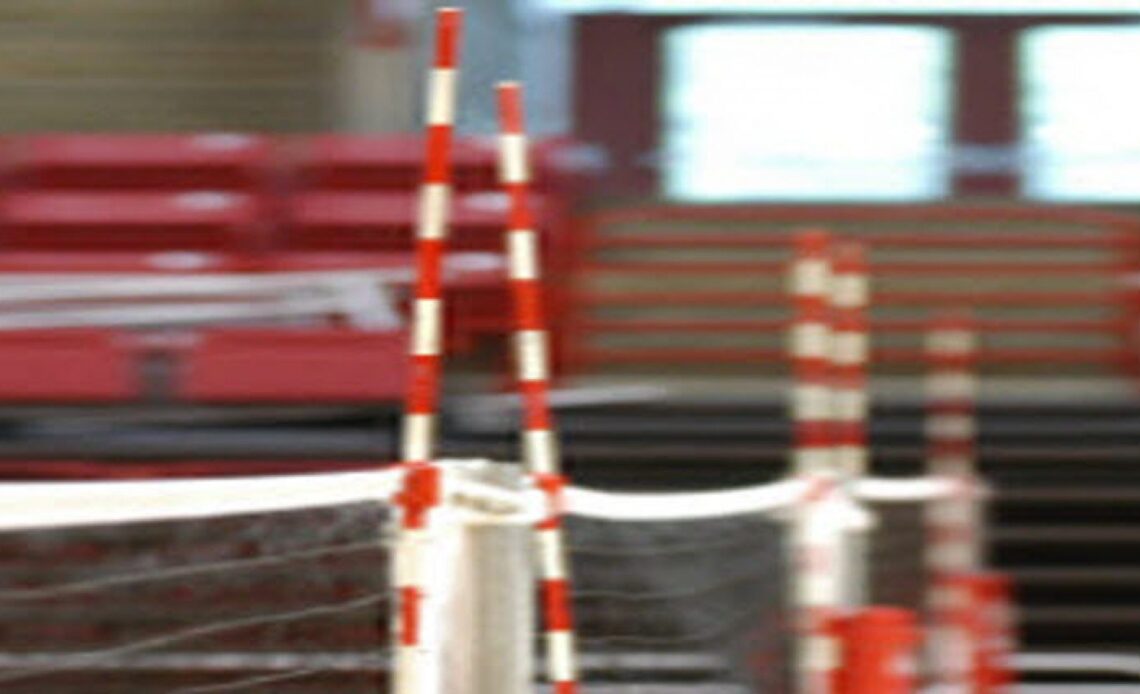There’s a game on the Art of Coaching site that goes like this:
Side A starts with 0 points and Side B starts with 18 points. A coach initiates free balls from the side of the court to either team to start the points. Side A can earn points normally: by a kill, a tool, or an error by Side B. Side B, however, can only score points off of Side A’s errors: if they hit the ball in the net, shank a ball or make any other error. This forces Side A to minimize their mistakes and earn every point.
So basically the objective is for Side A to scored 25 points before giving up 7 points worth of errors. It’s an interesting structure in that it seeks to balance the need to score with the need to avoid errors.
The whole avoiding errors thing is a tricky aspect of coaching. We want our teams to play as error-free as possible. At the same time, however, scoring points requires taking on the risk of making mistakes. Also, growth and development means making mistakes. This is why we have to be careful how we talk about errors and the type of environment we create in our gym.
I think this game can have some use in walking the right line. It depends on a couple things, though.
What are errors?
It’s important in a situation like this to have a clear sense of what we want to count as errors. These may not be the same things that show up as errors in the stats. For example, there’s a difference between forced and unforced errors. Hitting the ball out of bounds is unforced. Failing to dig a hard hit spike is probably an unforced error. Do you only count unforced errors? Or do you count both types?
The simplest way to look at it is to count things that cost you points – missed serves, hitting errors, ball-handling errors, net violations and the like. What about getting blocked or aced, though? Are those negatives for your team or positives for the other side?
Alternatively, you can look at things from a process perspective. By that I mean are the players doing things the way we want to do them? Or are they making mistakes in these area? Coverage could be an example. Lack of coverage would be the error. This is obviously something much more developmentally focused than the point perspective, which is more about performance.
How many errors?
Once you’ve decided what to count as errors you need to figure out a good cap for how many get made in a set. If you’re thinking about normal scoring, it’s pretty straightforward. How…
Click Here to Read the Full Original Article at Coaching Volleyball…

